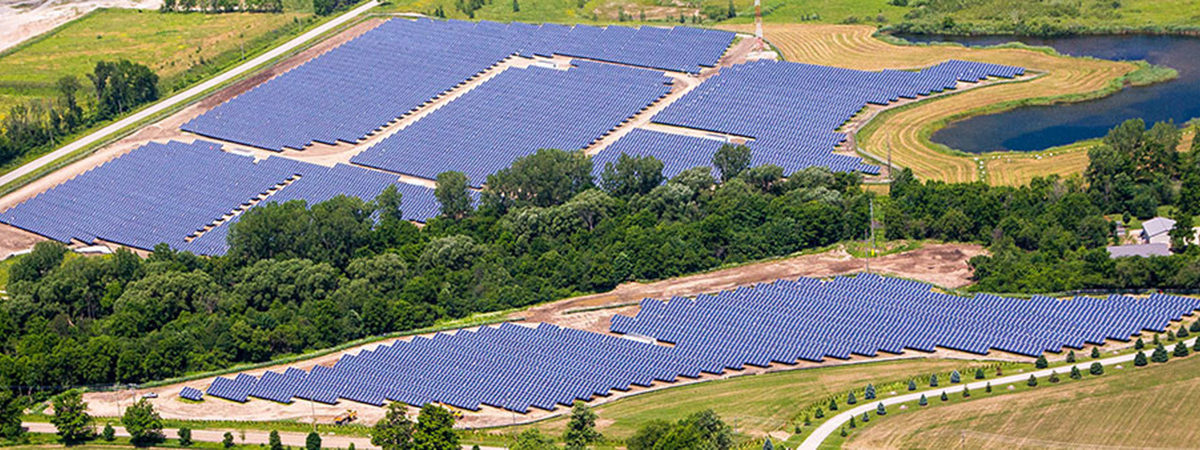The competitiveness of solar power generation in Canada is dependent on geographic location, as power prices can range greatly between the 10 provinces and the three territories of the North American country, according to a report published by the Canadian National Energy Board, Economics of Solar Power in Canada (ESPC).
Primarily based on an analysis of break-even prices for residential, commercial, community and utility-scale solar power in almost every Canadian community, the report provides an insight into all segments of the local PV market, while comparing costs to local electricity prices, in order to understand whether it makes financial sense to opt for solar.
The power of price
The authors stress that regional power prices play a more important role than a region’s solar irradiation. Although they recognize that the provinces of Newfoundland and Labrador tend to have the less potential to generate solar power, as they are more cloudy and receive less sunlight, the economics of each solar project vary depending on location and size.
“Whether solar power is competitive in a province often depends more on local electricity prices than the amount of sunlight received, even if local breakeven prices are amongst the lowest in Canada,” they wrote.
An example of how much prices can change is provided in residential energy charges, which may range from a low of CA$0.068 per kWh in Quebec, to a high of $0.167 per kWh in Saskatchewan. “This is because each province’s costs of producing or importing power, transmitting it across large areas, and then distributing it to residential customers are very different,” the report notes.
Popular content
The province of Alberta, for example, has the lowest residential solar breakevens in Canada, but with its current low power prices, “it makes more financial sense to buy electricity from a distributor than to install a solar project to generate it,” according to the Canadian regulator. “The Northwest Territory’s and Nunavut’s solar breakevens are competitive, versus local electricity prices which are relatively high, because it is expensive to generate electricity in remote areas that rely on diesel,” it continued.
Bright future
Overall, the future of solar in Canada looks bright, particularly when the forecast for the value of the electricity over the coming decades is viewed. Indeed, according to the National Energy Board, solar is expected to become a more valuable option, as energy charges are likely to be 19.1% higher than current prices in 10 years, and 47.75% higher than current prices in 25 years.
As for the residential and commercial segments, the report's authors found that rooftop PV, in a low-cost future scenario, is expected to save homeowners and business money in many Canadian communities. For the utility-scale solar business, it is also said to become viable in many places in a low-coast scenario, although it may still still require no, or lower, provincial transmission fees.
“Provincial tariffs can significantly increase the break-even prices of utility-scale projects, keeping these projects uneconomic in all provinces,” the report found. “As installation costs fall, it makes financial sense to install utility-scale solar in most places in Prince Edward Island, Nova Scotia, New Brunswick, Saskatchewan, and some of British Columbia whether trackers are installed or not, but, only if no, or reduced, tariffs are applied. Other places in Canada would need electricity prices to be higher.”
This content is protected by copyright and may not be reused. If you want to cooperate with us and would like to reuse some of our content, please contact: editors@pv-magazine.com.



1 comment
By submitting this form you agree to pv magazine using your data for the purposes of publishing your comment.
Your personal data will only be disclosed or otherwise transmitted to third parties for the purposes of spam filtering or if this is necessary for technical maintenance of the website. Any other transfer to third parties will not take place unless this is justified on the basis of applicable data protection regulations or if pv magazine is legally obliged to do so.
You may revoke this consent at any time with effect for the future, in which case your personal data will be deleted immediately. Otherwise, your data will be deleted if pv magazine has processed your request or the purpose of data storage is fulfilled.
Further information on data privacy can be found in our Data Protection Policy.